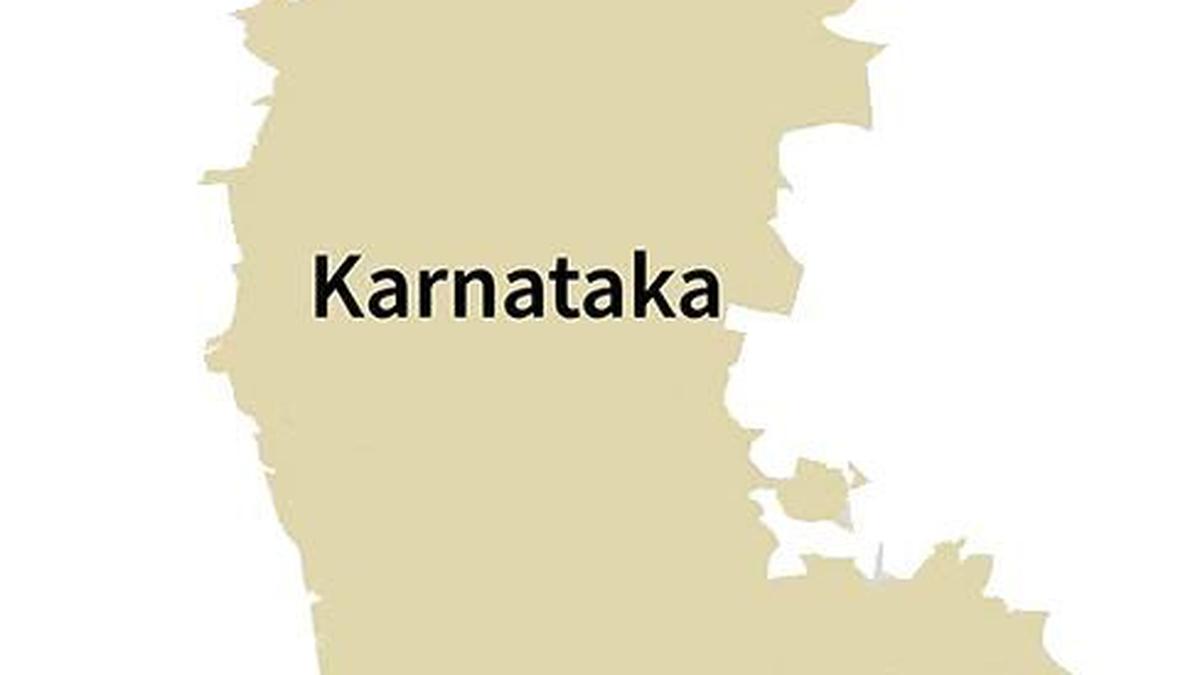Hoping to bring down the curtain on the three-decade-old struggle for internal reservation, the Karnataka government on Tuesday agreed on a matrix for slicing up the overall 17% reservation for the Scheduled Castes (SCs) in the State. The Madiga community (Dalit left), who led the struggle from the front, will now get a 6% share in the overall matrix. The relatively better-off Dalit right (Holeya) group will receive 6%, while the “less backward” communities of Lambanis, Bhovis, Korama, and Koracha — along with 59 microscopic communities — have been allocated 5%.
The demand for internal reservation, which gained momentum over the past decade and a half, received judicial clearance last August, when the Supreme Court upheld the constitutional validity of creating a matrix within the larger SC quota. In Karnataka, 101 castes have been notified as SCs. The government mostly relied on the recommendations of the one-man commission headed by retired judge H.N. Nagamohan Das, who submitted a report on August 4. The report recommended classifications following a two-month house-to-house survey, which collected empirical data on the socio-economic and educational backwardness of about 93% of Karnataka’s estimated 1.16 crore SC population.
The Cabinet’s decision, announced by Chief Minister Siddaramaiah, appears to have been weighed down by political compulsions. While the commission recommended five categories based on backwardness, the government reduced these to three to accommodate the demands of the politically stronger Dalit right and “less backward” communities. In doing so, the State government let go of Category A, which was recommended for 1% reservation by the commission for the most backward 59 microscopic communities, many of which have double-digit populations and no representation in bureaucracy or politics. The Cabinet also dropped the 1% reservation recommended for Adi Karnataka, Adi Dravida, and Adi Andhra communities under Category E. They have been split between right and left groups.
Under the new categorisation, microscopic communities — around 4.97% of the total SC population — will now have to fight with relatively better-off “less backward” SC communities that have made strides in securing education and finding public sector employment.
While many concede that bringing consensus among all groups vying to have a bigger pie in the matrix was not easy, it was believed that in the jockeying for a higher share, the microscopic communities — many of them nomadic — did not get the justice they had hoped for. Of the six Dalit Ministers in the Cabinet, none represents these communities, and there was no voice in their favour. In the final decision, both Dalit right and “less backward” communities received 1% more than the commission’s recommendations. In Karnataka, the Dalit left is seen as veering towards the BJP, while the Dalit right is believed to be with the Congress. The “less backward” communities are believed to be divided between the BJP and Congress.
The question of internal reservation has been an important component of Dalit politics in Karnataka over the past two decades. While the A.J. Sadashiva Commission, set up in 2005, submitted its report in 2012, the internal reservation remained mostly rhetoric as Dalit right groups successfully brought pressure on the government not to implement its recommendations. The judiciary then had also not cleared the internal reservation. The BJP government in 2022 tried to tinker with the recommendations and came out with its matrix that was unacceptable to Dalit right and “less backward” communities. It also increased the overall reservation for SCs from 15% to 17%. Ahead of the 2023 Assembly elections, the Congress promised in its manifesto to introduce internal reservation.
Following the commission’s recommendations, though not officially released, Dalit right groups have been vigorously campaigning against the report, urging the government to drop it in what was seen as a posture for hard bargaining. While the clearing of the internal quota is historic, in the end, the relatively more powerful communities within the larger SC population seem to have gained an upper hand, while the most marginalised still have a long fight.
Published – August 21, 2025 01:18 am IST
